During a municipal water system upgrade, our team replaced aging metal pipes with PVC alternatives, achieving 40% cost savings while completing the project three weeks ahead of schedule. This experience demonstrated how PVC’s economic advantages extend beyond initial material costs to encompass installation efficiency and long-term performance.
PVC piping delivers significant cost savings through lower material costs, faster installation, reduced maintenance requirements, and exceptional longevity. These economic benefits make PVC the preferred choice for water distribution, drainage systems, and industrial applications where budget constraints and lifecycle costs are primary considerations.
Understanding PVC’s comprehensive economic advantages helps project managers and contractors maximize value while maintaining quality standards. Moreover, recognizing how these benefits accumulate throughout a project’s lifecycle informs better material selection decisions. Now, let’s examine the specific factors that make PVC piping economically superior.
How Does PVC Reduce Initial Material Costs Compared to Metal Alternatives?
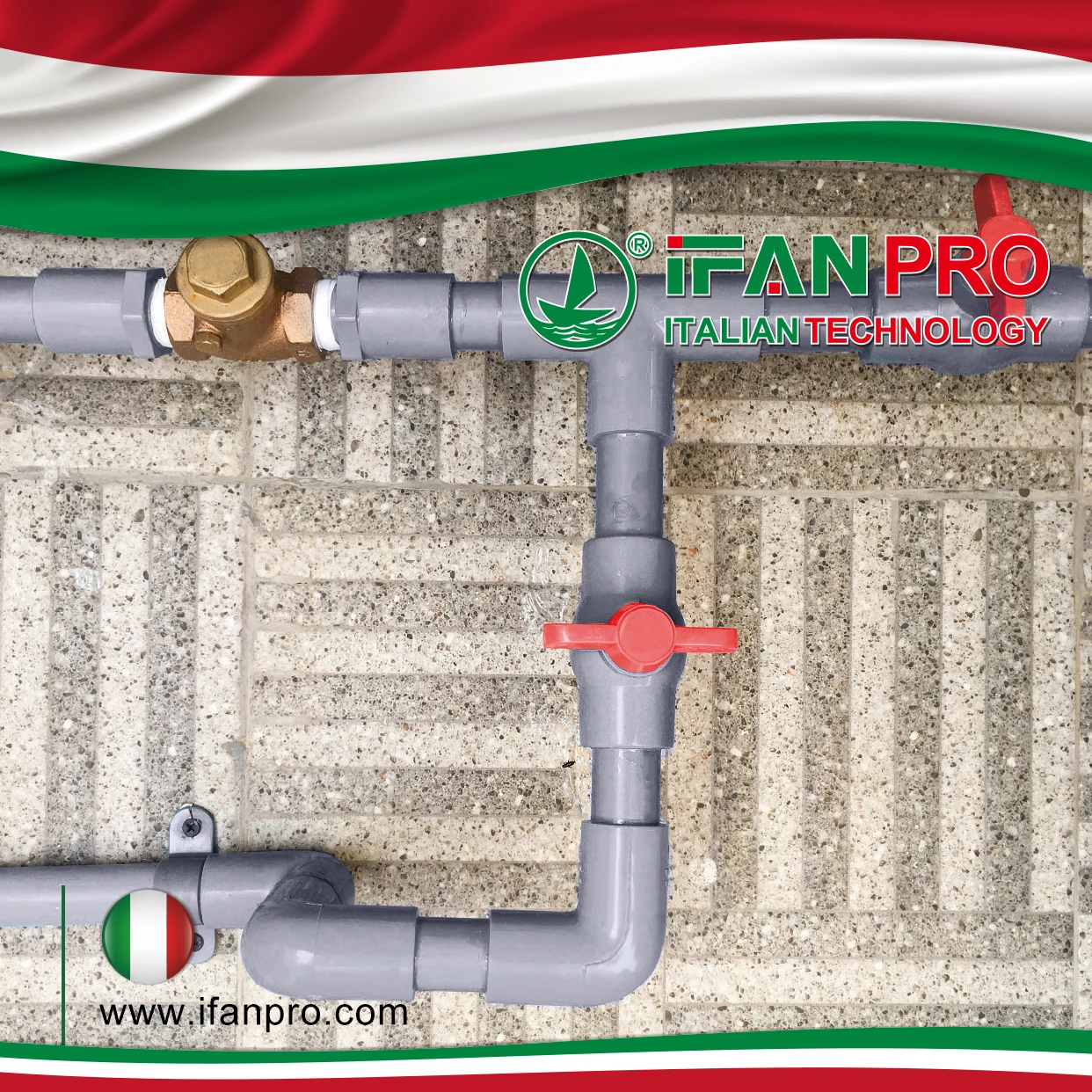
When bidding on a large residential development, we compared material costs for identical plumbing layouts and found PVC systems cost 60% less than copper and 45% less than galvanized steel. This pricing advantage ultimately won us the project while maintaining healthy profit margins.
PVC pipes cost 30-70% less than metal alternatives like copper, stainless steel, or galvanized iron while providing equivalent performance for most applications. This substantial price difference stems from PVC’s lower raw material costs, efficient manufacturing processes, and reduced energy requirements during production.
Material Cost Comparison
The price advantages become evident when examining specific applications:
Raw Material Economics
PVC resin derives from salt and natural gas, both abundantly available and cost-stable commodities. In contrast, metal pipes require copper, iron ore, or zinc, which experience significant price volatility in global markets. This fundamental difference creates consistent pricing advantages for PVC throughout economic cycles.
Manufacturing Efficiency
The extrusion process for PVC pipes consumes less energy than metal pipe production methods. PVC extrusion operates at lower temperatures than metal smelting and forming, reducing energy costs that would otherwise be reflected in the final product price. Additionally, PVC manufacturing generates minimal waste, with scrap material being readily recycled back into production.
Transportation Savings
PVC’s lightweight nature significantly reduces shipping costs. For example, 10-foot lengths of PVC pipe can be handled by one person, while equivalent metal pipes often require multiple workers or mechanical lifting equipment. This weight advantage translates to lower freight costs and reduced onsite handling expenses.
Price Comparison Analysis
Actual market pricing demonstrates PVC’s cost advantage:
| Pipe Material | 1/2″ Pipe (per foot) | 2″ Pipe (per foot) | Cost Ratio vs. PVC |
|---|---|---|---|
| PVC Schedule 40 | $0.85 | $3.50 | 1.0x (Baseline) |
| Copper Type L | $4.20 | $18.50 | 4.9x more expensive |
| Galvanized Steel | $2.80 | $12.25 | 3.5x more expensive |
| Stainless Steel | $6.50 | $28.75 | 7.2x more expensive |
What Makes PVC Installation Faster and More Labor-Efficient Than Other Pipes?
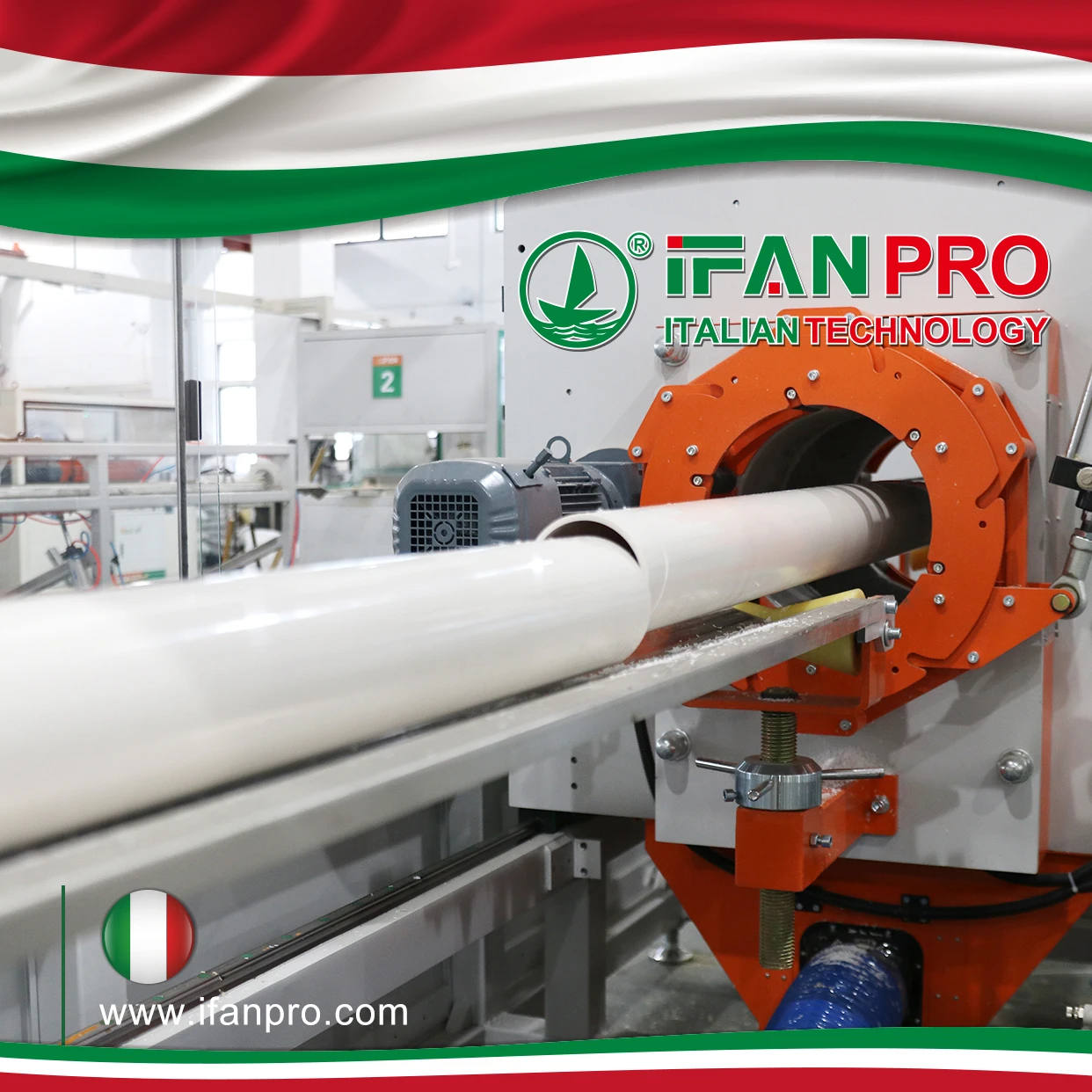
While retrofitting a 200-unit apartment building, our crew installed PVC drainage systems in half the time estimated for cast iron, allowing us to reallocate labor to other critical path activities and accelerate overall project completion by three weeks.
PVC installation requires up to 70% less labor time than metal alternatives due to its lightweight handling, simple solvent cement joining system, and easy cutting/modification. These installation efficiencies translate directly into reduced labor costs, faster project completion, and earlier system commissioning.
Installation Time Advantages
Multiple factors contribute to PVC’s installation efficiency:
Lightweight Handling
PVC pipes weigh approximately 1/6 of equivalent metal pipes, enabling faster transport, positioning, and installation. A single installer can easily handle 20-foot PVC lengths, while metal pipes of similar size typically require multiple workers or mechanical assistance. This weight advantage reduces fatigue and increases daily productivity.
Simplified Joining System
PVC’s solvent cement joining system creates permanent, watertight bonds in minutes without specialized equipment. Unlike soldering, welding, or threading metal pipes, PVC joining requires only basic preparation and application techniques. This simplicity enables less experienced workers to achieve professional-quality results with minimal training.
Easy Modification
PVC pipes cut quickly with basic tools like hacksaws or rotary cutters, and require no deburring beyond simple chamfering. This contrasts with metal pipes that need specialized cutters, threaders, or grinding equipment for modifications. The ease of modification reduces setup time for complex installations and simplifies field adjustments.
Labor Efficiency Metrics
Quantitative data demonstrates PVC’s installation advantages:
| Installation Task | PVC Time Required | Metal Pipe Time | Time Savings |
|---|---|---|---|
| Join 2″ pipe sections | 2 minutes | 15 minutes (threaded) | 87% faster |
| Install 100 feet of pipe | 4 hours | 11 hours | 64% faster |
| Modify/cut pipe | 30 seconds | 3-5 minutes | 83% faster |
| Support/hanging | 25% less time | Baseline | Significant saving |
How Do PVC’s Durability Features Minimize Long-Term Maintenance Expenses?
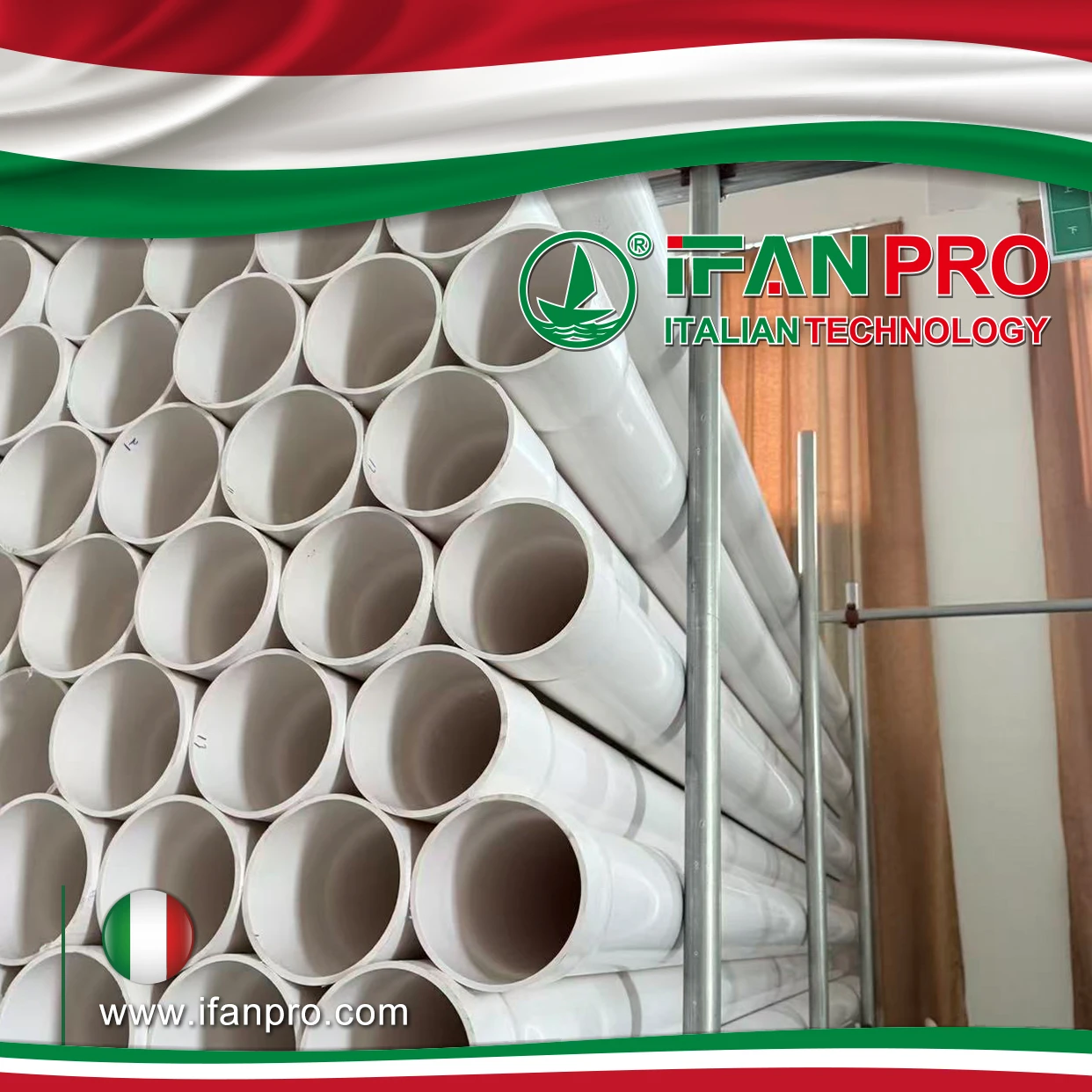
A chemical processing plant documented their maintenance costs over 15 years, revealing that PVC piping systems required 85% less maintenance spending than the stainless steel systems they replaced, while experiencing zero corrosion-related failures during that period.
PVC’s corrosion resistance, chemical inertness, and scaling prevention eliminate the most common causes of pipe failure, reducing long-term maintenance costs by 60-85% compared to metal alternatives. This durability translates into extended service life, reduced repair frequency, and lower operational disruptions.
Durability Advantages
PVC’s material properties provide specific maintenance benefits:
Corrosion Resistance
Unlike metal pipes, PVC doesn’t rust or corrode when exposed to water, soil, or atmospheric conditions. This inherent resistance eliminates the need for protective coatings, cathodic protection systems, and regular corrosion inspections required for metal pipes. In aggressive soils or coastal environments, this advantage becomes particularly significant.
Chemical Inertness
PVC resists damage from acids, alkalis, and other chemicals commonly found in soil, water, and industrial applications. This chemical resistance prevents the deterioration that plagues metal pipes in chemical service, agricultural applications, and industrial settings. Consequently, PVC maintains its integrity where metal pipes would require frequent replacement.
Scale and Deposit Prevention
The smooth interior surface of PVC pipes resists mineral scale buildup and biological growth that commonly reduce flow capacity in metal pipes. This characteristic maintains hydraulic efficiency throughout the pipe’s lifespan, eliminating the need for chemical cleaning or mechanical descaling procedures required for metal pipes.
Maintenance Cost Comparison
Documented case studies reveal significant maintenance savings:
| Maintenance Activity | PVC Frequency/Cost | Metal Pipe Frequency/Cost | Savings with PVC |
|---|---|---|---|
| Corrosion-related repairs | None | Every 5-8 years | 100% reduction |
| Cleaning/descaling | Not required | Every 2-3 years | Complete elimination |
| Protective recoating | Not required | Every 7-10 years | 100% reduction |
| Failure rate | <0.5% annually | 2-4% annually | 75-88% reduction |
What Makes PVC a Cost-Effective Choice for Water and Drainage Applications?
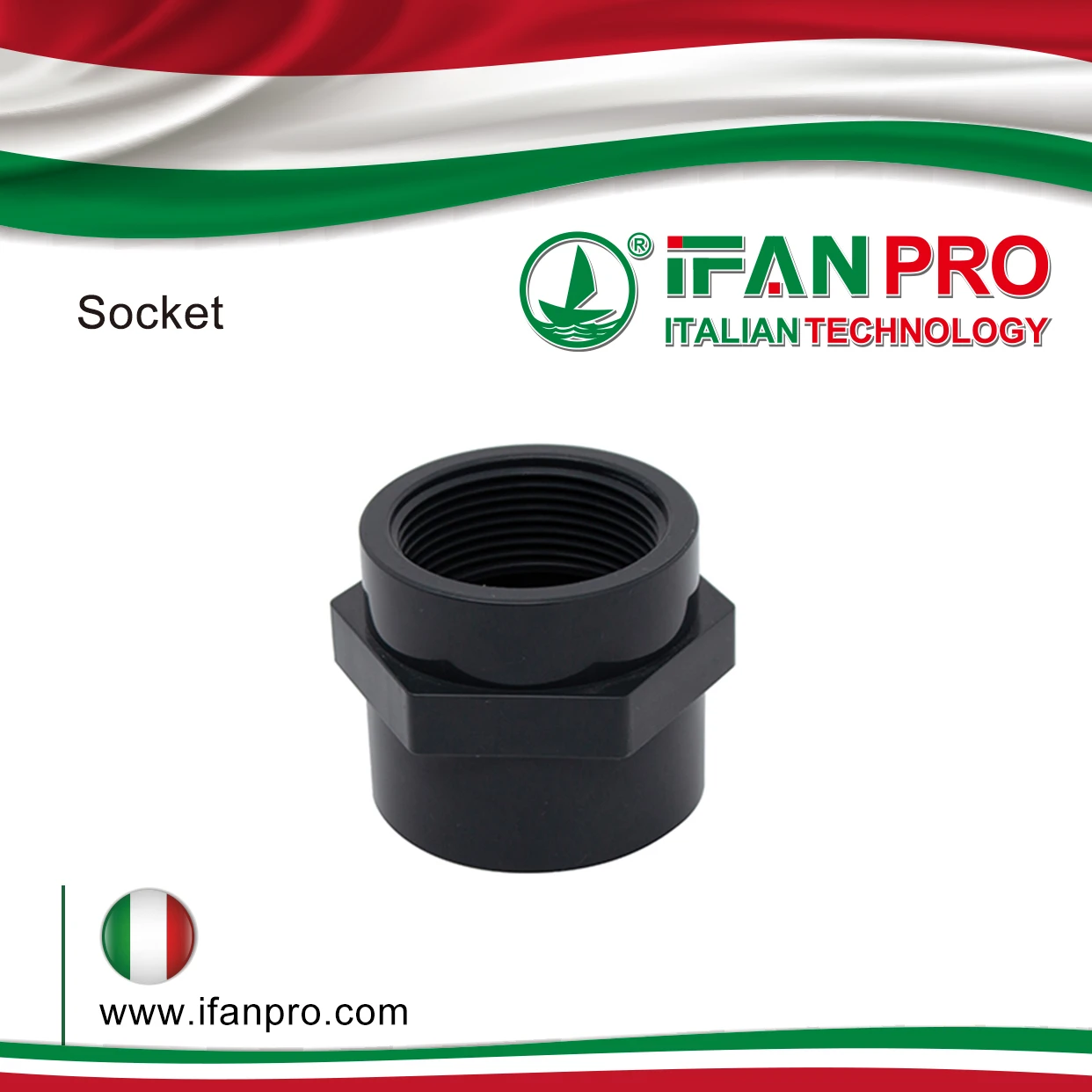
A water utility company achieved 30-year cost savings exceeding $2 million by specifying PVC pipes for a 5-mile water distribution main, with savings accruing from both initial installation efficiencies and dramatically reduced maintenance requirements throughout the system’s operational life.
PVC delivers optimal cost-effectiveness for water and drainage systems through its corrosion-free service life, minimal leakage rates, sustained flow efficiency, and resistance to common failure modes. These performance characteristics reduce both initial installation costs and long-term operational expenses, providing superior lifetime value.
Application-Specific Economic Benefits
Different applications realize distinct economic advantages:
Potable Water Systems
PVC’s non-reactive nature prevents the metallic taste and discoloration that can occur with corroding metal pipes. This maintains water quality without additional treatment while eliminating the pipe-related contamination issues that sometimes plague metal systems. Additionally, PVC’s excellent flow characteristics reduce pumping costs compared to corroded metal pipes.
Drainage and Sewer Systems
PVC drainage pipes maintain their smooth interior surfaces throughout their lifespan, preventing the capacity reduction that occurs in metal pipes due to corrosion and scale buildup. This consistent performance eliminates the need for expensive cleaning or replacement of undersized pipes. Furthermore, PVC’s chemical resistance withstands harsh drain cleaners and waste chemicals that damage metal pipes.
Irrigation Systems
PVC’s UV-resistant formulations and durability make it ideal for irrigation applications where exposure to sunlight, fertilizers, and soil chemicals would rapidly deteriorate alternative materials. The material’s lightweight nature simplifies installation in extensive agricultural applications, while its corrosion resistance prevents the iron staining that can occur with galvanized systems.
Total Cost of Ownership Analysis
A comprehensive evaluation reveals PVC’s economic superiority:
| Cost Category | PVC System | Metal System | PVC Advantage |
|---|---|---|---|
| Material Cost | $10,000 | $25,000 | 60% lower |
| Installation Labor | $15,000 | $35,000 | 57% lower |
| Maintenance (10 years) | $2,000 | $12,000 | 83% lower |
| System Longevity | 50-75 years | 20-40 years | 60% longer |
| Replacement Cost | Deferred | More frequent | Significant saving |
Conclusion
PVC piping delivers comprehensive cost savings through lower initial material costs, significantly reduced installation time and labor, minimal long-term maintenance requirements, and extended service life across water and drainage applications. These economic advantages, combined with proven performance characteristics, make PVC the most cost-effective piping choice for budget-conscious projects seeking long-term value and reliability. By understanding and leveraging these benefits, project stakeholders can achieve substantial cost reductions while maintaining system quality and performance.

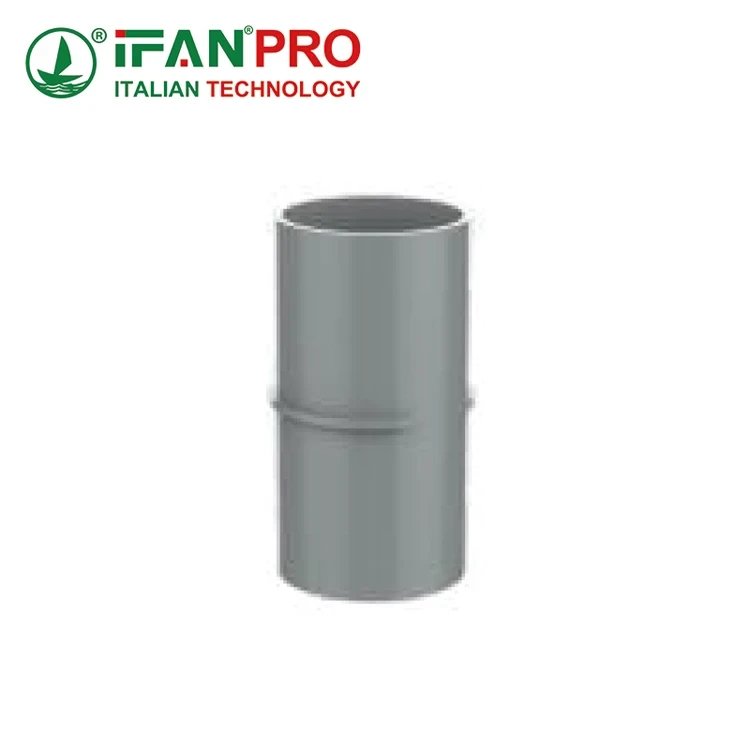
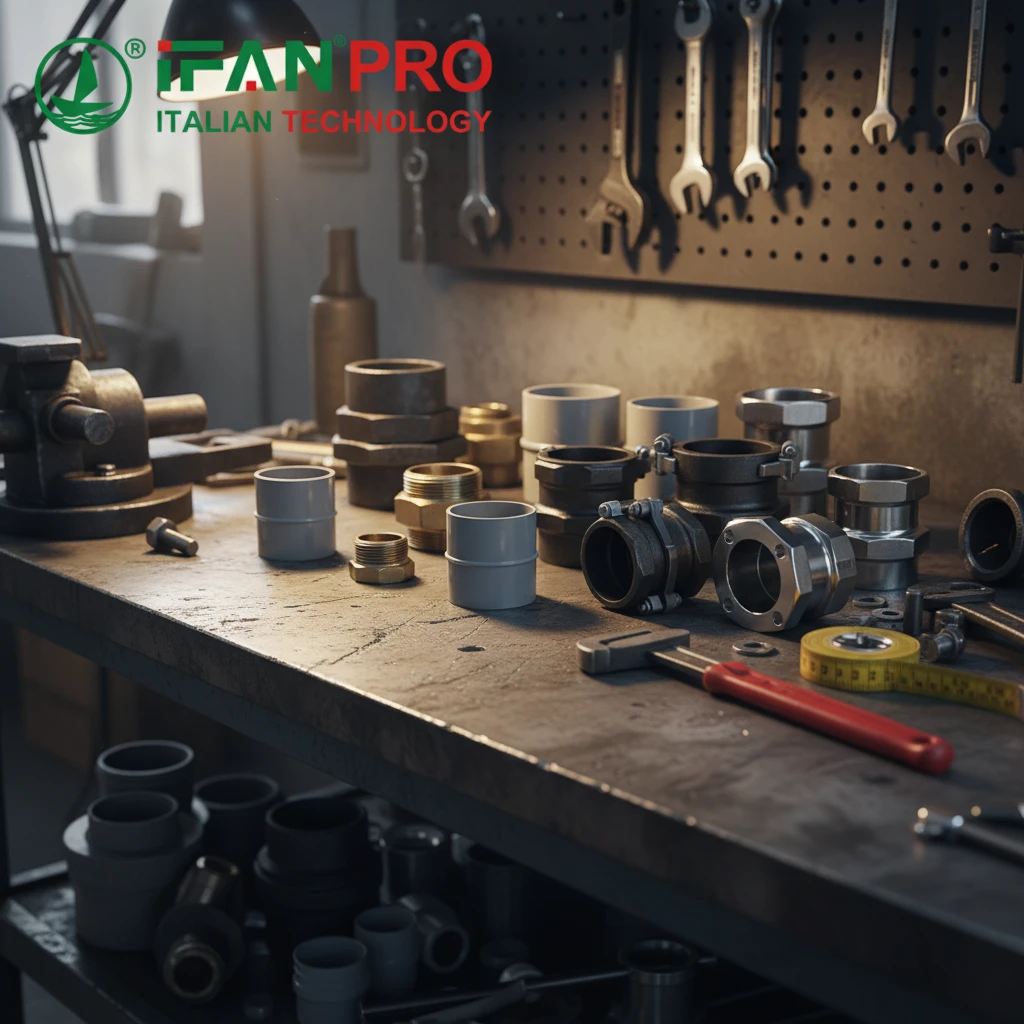
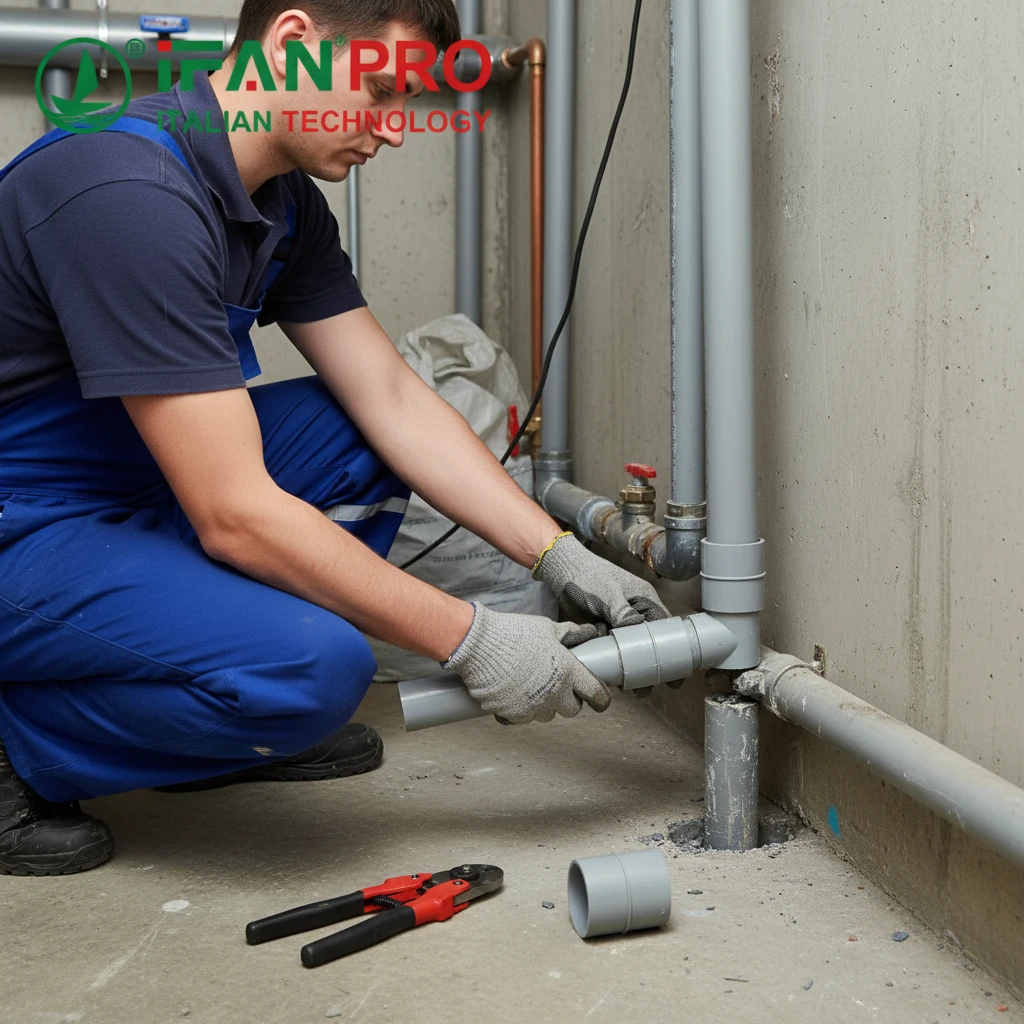









Commentaires récents